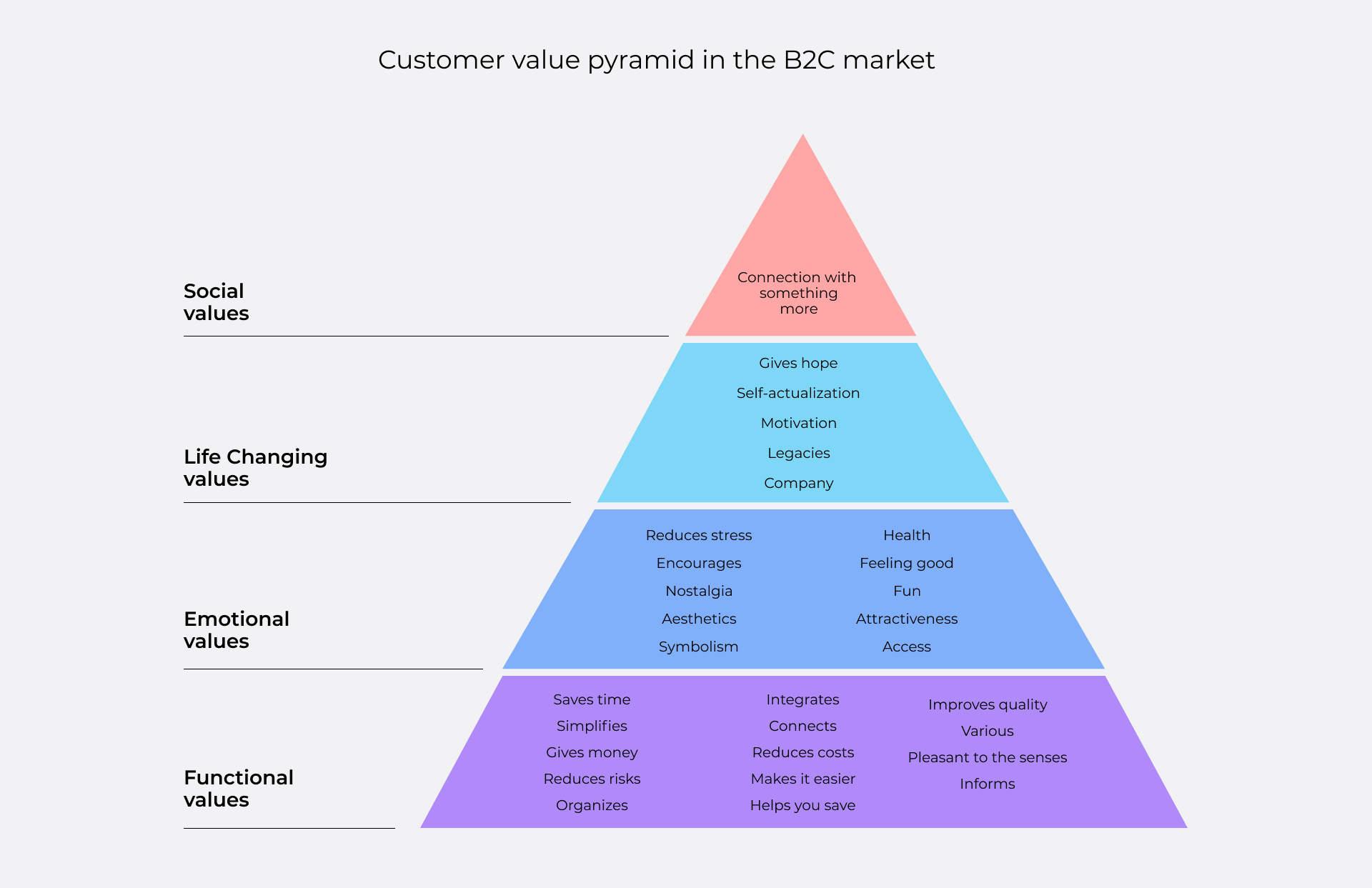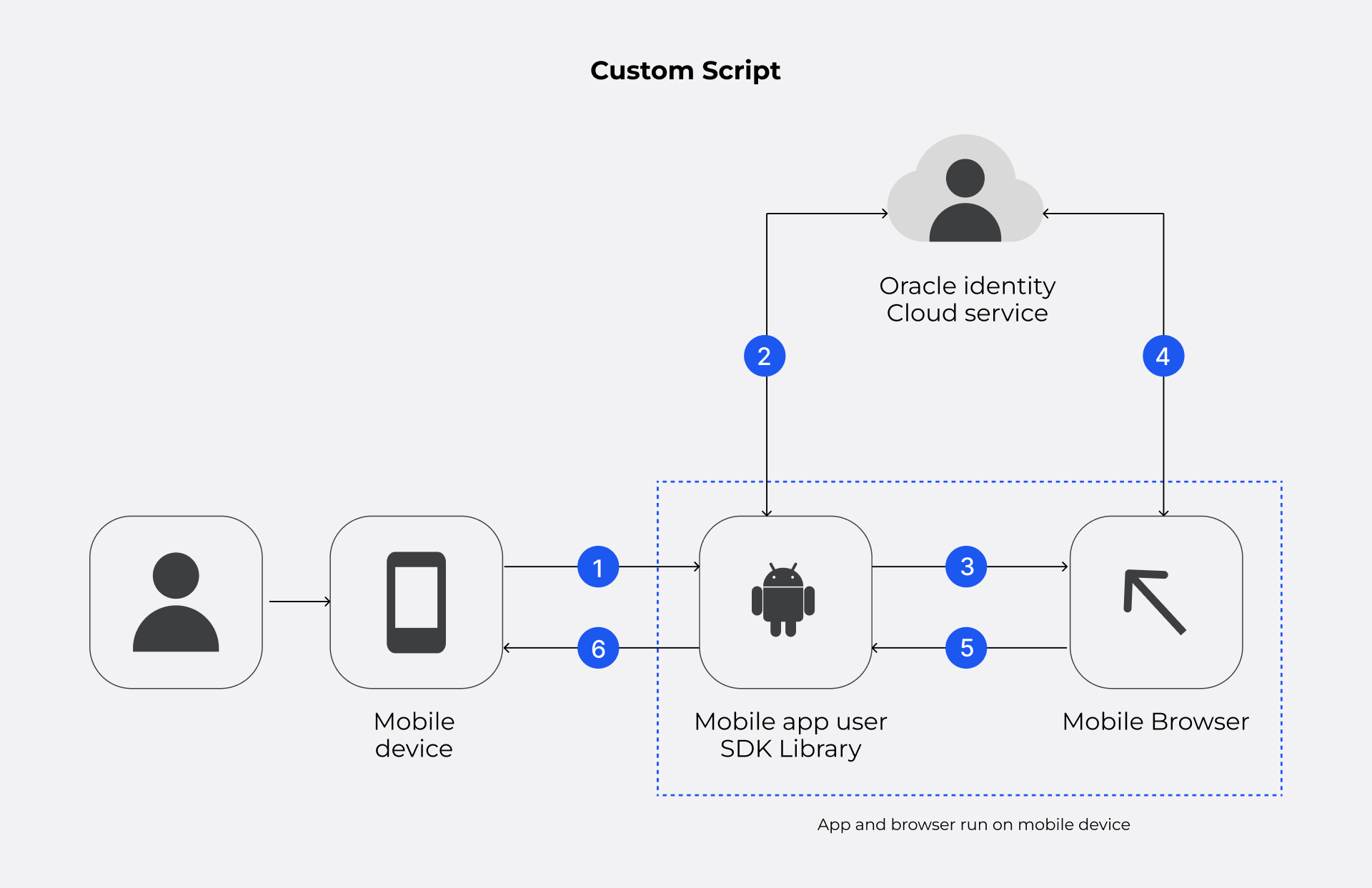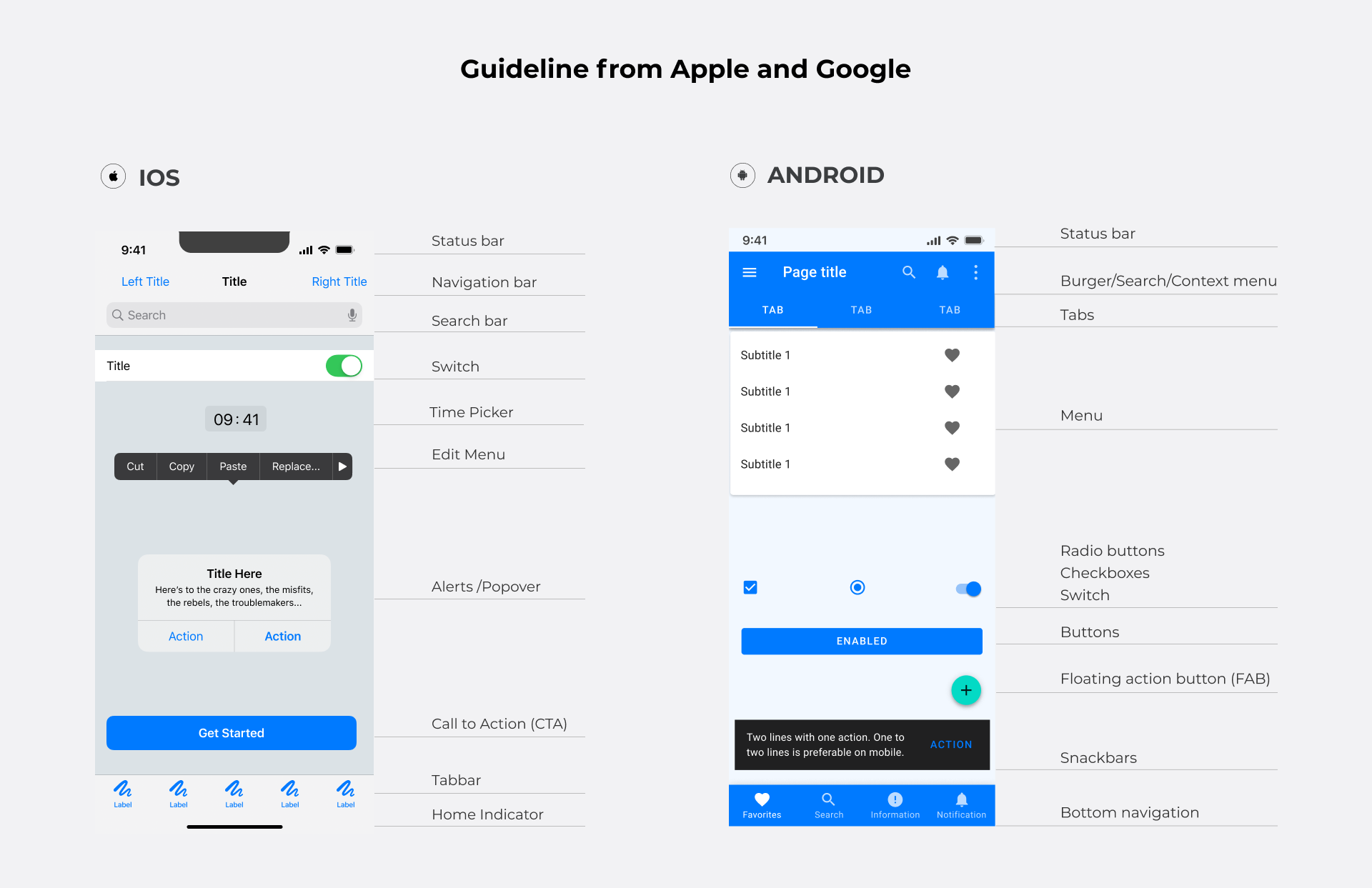It's time for a serious and thorough talk. With examples and pointers. Let's try to put together a guide for everyone who asks about the price of app development and expects a short answer from us. You will learn:
- where the price difference comes from;
- what is included in the price;
- components of turnkey development.
We will cover the questions in detail, so arm yourself with a mug of delicious tea. Let's go!
How Do We See It for Ourselves?
The client, who asks about the price, perceives the development in his own way. It seems to him a simple path from point A to point B. If the team has travelled this path more than once, the client thinks that questions about cost should crack like peanuts. I'm going to have to disappoint you. Every project is different! Requires a customized approach and a unique vision. We need to consider whether we will do design, server side and tech support. Also marketing, it's a major piece of the puzzle of a successful sale. It's impossible to quote you a price without knowing the nuances.
In honour of such a significant long-read, the marketing and sales departments picked up the history of a dozen cases and studied it in detail. Afterwards, they contacted the author writing these lines and told everything in detail. The author has compiled such a fascinating table:
|
|
|
|
|
|
|
|
|
|
|
|
|
|
|
Why the Question “How Much Does It Cost?” Pisses off Developers
Examples are the best way to explain. Let's imagine an empty plot of land. You've had your eye on it, you've wanted to live outside the city for a long time. Business is going well, it's time to fulfil your dreams. And here you call the architect, which you were advised by friends, but instead of greeting him say: "How much will my house cost?". The architect will reply, "Wait, my dear, but I haven't seen your plot, I don't know your requirements, you'll find out the price later!".
With mobile applications, the situation is roughly the same. Until you see the scope of work and understand what details the devil lurks in, forget about the price. Only the evaluation system can be explained. Therefore, everything in order. Here is the sequence of work from us:
- We get to know the object and the subject. Our specialists with the support of managers conduct an introductory conversation with the client. They take off, if necessary, rose-coloured glasses. After that, they start to string on the price tag of technologies that will be used in the work. This is the first and main step in the formation of the price.
- Break down the work into its components. You are not a robot and cannot know everything that may come in handy during the course of the job. Often some areas require serious re-evaluation, which means additional work, involvement of specialists and other inconsistencies with the plan. We discuss this and try to correct it promptly.
- Defining the goal. You think that for a cool and profitable site is enough X-hours, but it turns out that you need much more. Advise you can both managers and programmers. In any case, the customer is not always aware of the nuances of programming, and he should not be. We are always happy to dispel misunderstandings.
Cost Sides of the Application
Putting the topic under discussion into components also helps to understand the cost issues. It's no secret to you that apps come in different complexity. This complexity determines the costs incurred by the studio. We measure them by the number of hours of our specialists.
Direct Costs
To this category we refer to labour costs. That is, the costs that determine how much more complex actions need to be taken. These include the custom design of the platform, how complex the server side turns out to be, and what tools the administrator will have.
Server Side
Any application more complex than a calculator has a server side that you can't see, but without it the application cannot run. It contains the database of the application and if it is not adjusted without the slightest error, there will be no problems at the release. This is one of the most responsible parts of development.
Screens, Actions and Application Composition
All the screens you see in applications are invented by human brain and implemented by human hands. Unfortunately, there is no super smart artificial intelligence with aesthetic taste yet, and it won't be able to generate websites that will sell products by the hundreds.
User Scenario
From the moment a user launches an app and logs in, their interaction with the software begins. To improve the user experience, you need to learn all those little habits of everyone and embody the advantages in place of the disadvantages.
Often a customer requests a simple authorization by phone number, but sometimes they need a lot more than that. We start adding features like password generator, two-factor authentication, social media authorization. As you realize, the second case will be more expensive.
Embed Smartphone Features
What is a phone in 2006? It makes calls, texts and does some other things via Bluetooth. But now the volume of these functions is hundreds of times higher. When you develop an app, you have to take all these features into account. We want to pay for purchases, confirm IDs, automate processes with a single click. Correctly setting up such an interface is a task with an asterisk for the Brander team.
Integrations
It has become a norm for app-shops to use data from other services: social networks, messengers, payment systems like PayPal, even Google cards. If you want all this fancy tuning, you will have to increase the planned budget.
Design for Yourself
Customers are squeamish to repeat after someone, and even more so after competitors. Everyone wants a unique picture that will set them apart from the rest. In the pursuit of uniqueness, offering customized design is our basic commitment.
The designer and developer make the app thanks to the guidelines from Apple and Google. A guideline is a set of rules, thanks to which it becomes clear how interface elements should look like on the chosen platform and where they should be placed. Sometimes the customer makes amendments to this model, but we reserve the right to challenge their proposals, explaining our position thanks to a particular guideline.
Marketing
The Item That Gets Forgotten
Web companies are starting to build estimates based on the features of the iOS and Android versions. Which one will have to spend more hours, and which tool will have to be honed to the limit? We partially support this approach, but we focus on the target audience. The marketing team comes up with the shortest path to the heart of your consumer. This is serious knowledge, unique, and it increases the chance of success rather than bragging to IT graduates.
For example, you have conceived yourself a shop of non-standard cuisine, say Taiwanese or Malaysian. The market is risky, but you can rely on knowledge and step into the business more firmly. To do this, Brander's experts find out from local chat rooms and social media that fans of Chinese cuisine fear how eager they are to try Taiwanese cuisine. This says we already have an audience, and they will quickly bite on your offer. It's a rough example, but it's enough to understand the importance of research.
Let’s Think Further
We want to know not only the preferences of Chinese food lovers, but also more unique data. For example, how long a particular user has been selecting products in other apps or which dishes he or she prefers first. This will allow you to build YOUR app with a lot of fine-tuning. The marketing team knows the sequence of points to realize a successful app. Designers and coders are responsible for beauty and functionality. Marketers in Brander's ranks are the cavalry of sales and its psychology.
What Cases Are Successful?
With analytics — knowing the market and working with successful cases, hours of complex research makes releasing a bad product very difficult. You're going to do super well, sir.
With roadmap — this is the logic of the user journey I described above. This is where the tests of understanding how to crack a potential customer are put to the test.
With a plan ahead — marketers also call this plan a strategy. This is where the steps required for the success of the app are taken into account. We also spell out how we need to scale the product if there are significant successes.
A marketer would probably add another fifteen hundred and fifty points, but then you will have to stay here for a long time, and we still have more to share about the formation of development costs.
Programming
The Most Obvious Point
To begin with, the development team will ask, is the development native or cross-platform? I don't think any project has ever started any other way. Cross-platform saves time, but takes away certain perks that Google and Apple native features have.
Server Side. Senior Backend
Let me explain with a simple example. A system on the web consists of two parts. The first is the client side. In fact, the programme that you use on your smartphone or computer. Let it be your application. By itself, it can do nothing, it is useless. Its job is to display the information it receives from the dark unknown.
This dark unknown is the second part of the system. The server or backend. It interacts with the client in such a way that it gets all the information it needs. Preferably, quickly. I propose to call back-end development aimed at creating the "brain" of our application. We do not hide the fact that this stage turns out to be the most costly in 90%. Fast performance, seamlessness and synchronicity provide consumers with an experience they will eagerly give any money for. It costs money and is justified.
Testing
Takes an important component of the programming work done. Testing is done not only from a technical standpoint but also from a logical standpoint. We evaluate how the app sells and how it performs its immediate functions.
It is important to realize that users have different screens, different specifications, but the app must work equally well everywhere. To achieve this, testing takes 10 to 20% of the project time.
Publishing & Tech Support
It takes a couple of days to prepare for publication. Screenshots, descriptions, keys are compiled. Before submission, we do a control stress test. First, we pay attention to payment systems and analytical tools. If you make an online shop, these parameters are on the list of the most important. If everything works correctly, we press start.
When we're talking about technical support, it's important to keep an eye on Android and iOS updates. The app needs to be kept up to date so that users don't feel abandoned. Ideally, technical work should be carried out constantly, even in a preventive manner. This will avoid a critical crash at three in the morning when you're on holiday on a sunny beach. Sunbathe in pleasure, without thoughts of technical shoals. Everyone should be doing their job!

In Total
- It is impossible to declare the cost of an app without taking into account the items described in this longride!
- The cost of hours and complexity of labour affect the cost of the app, but we also estimate how difficult it will be to sell the product in the future, we estimate by marketing!
- The price is also affected by how many services we will connect and how many services we will need to integrate with.
- Testing costs are also included in the estimate. We tell every client about the importance of testing. If you missed this point, go back and study it carefully.
We sincerely hope that after reading our detailed guide, you have got answers to most, if not all, of your questions. Our managers are ready to consult you additionally to clarify the information.











